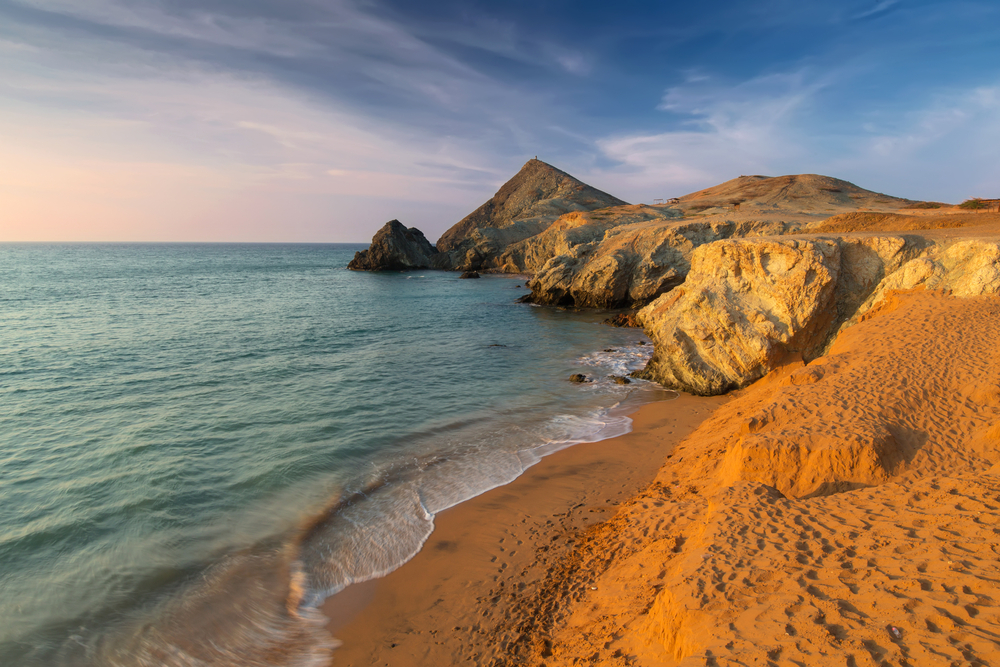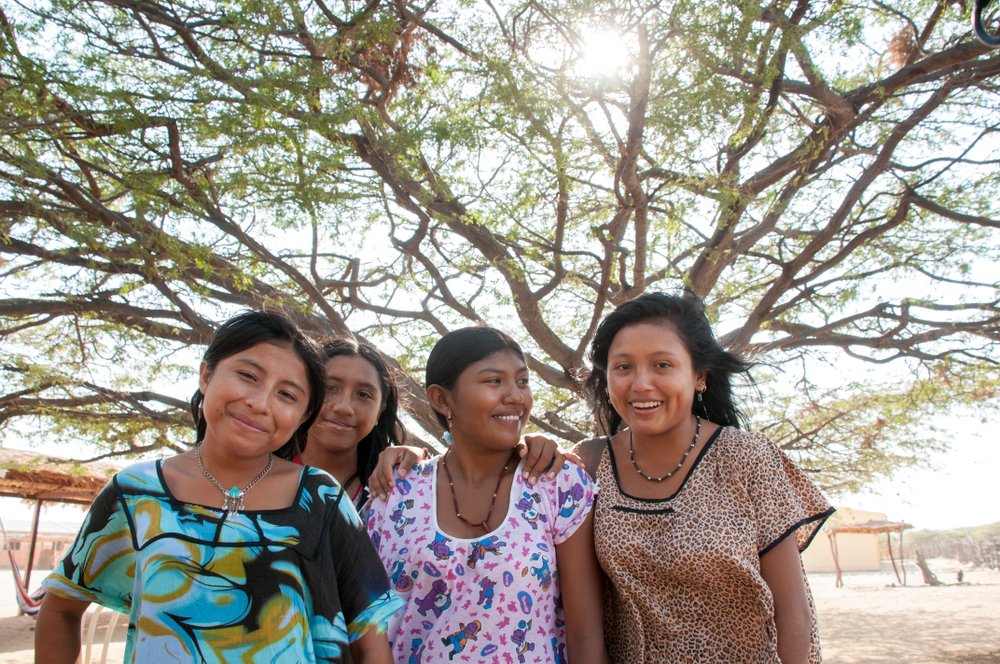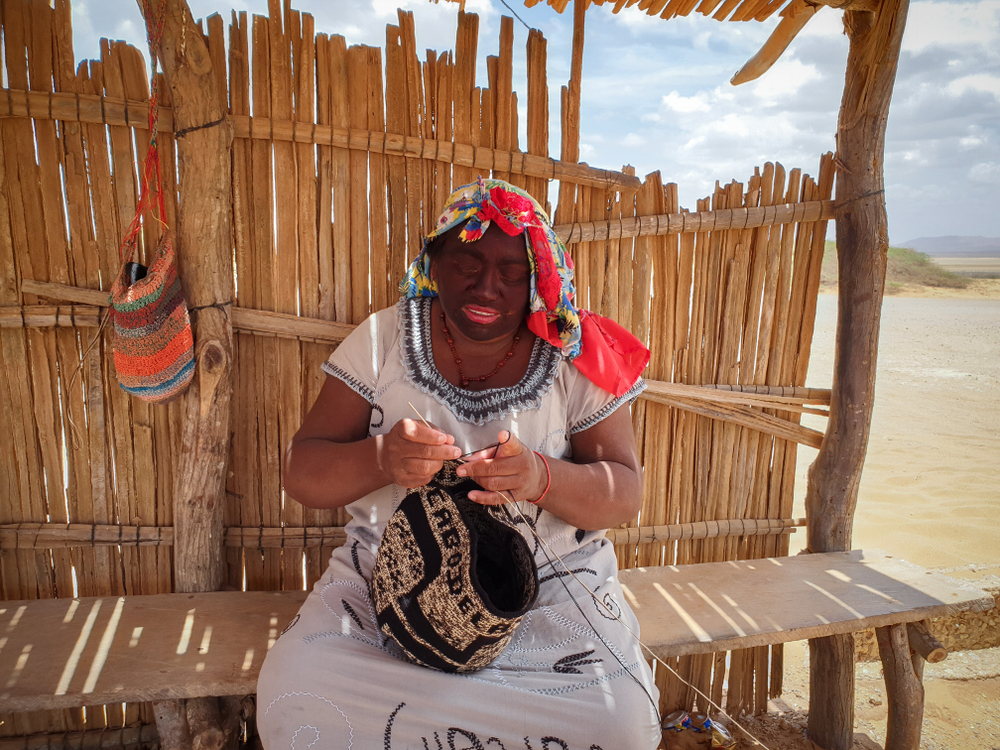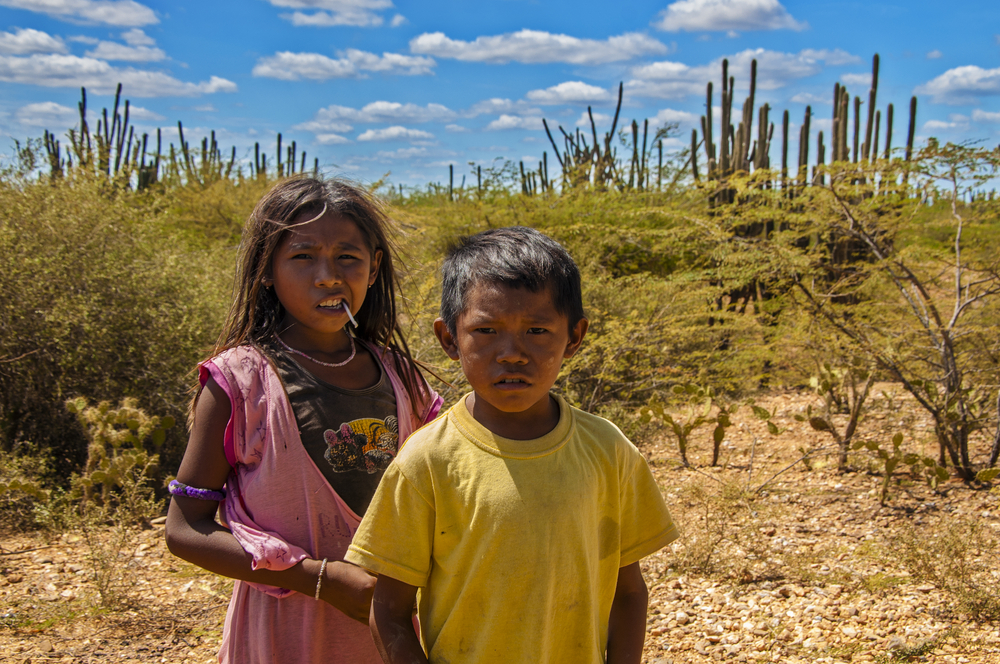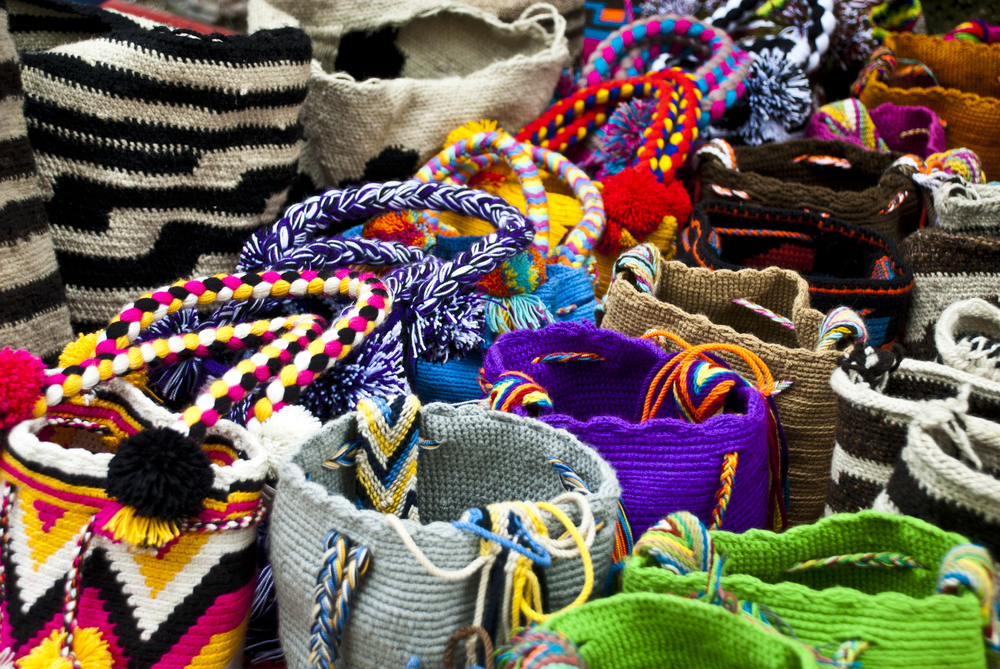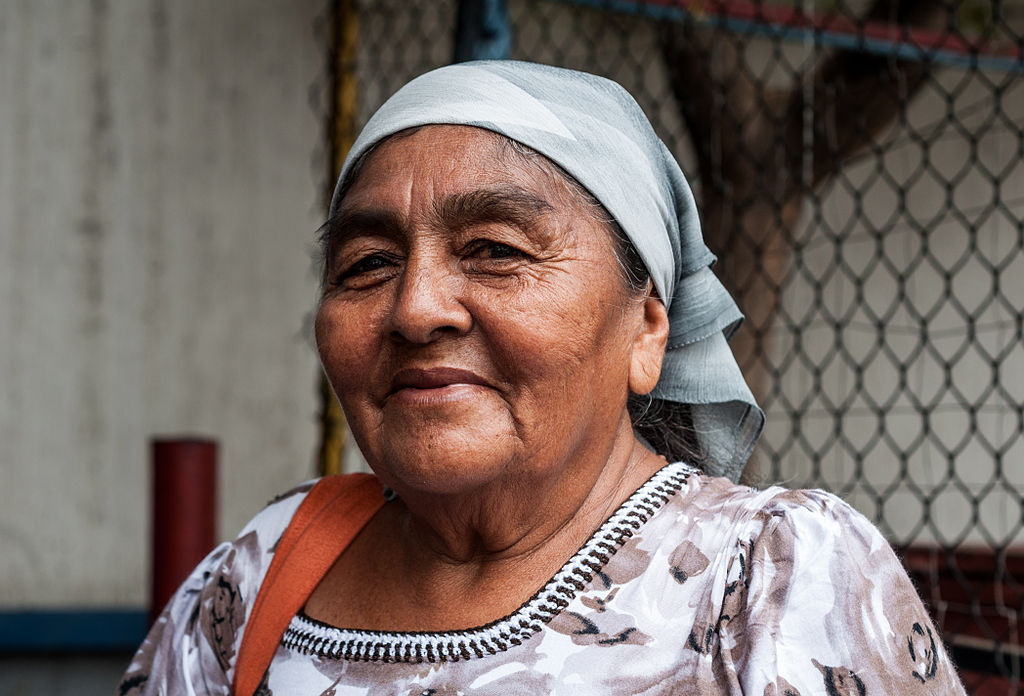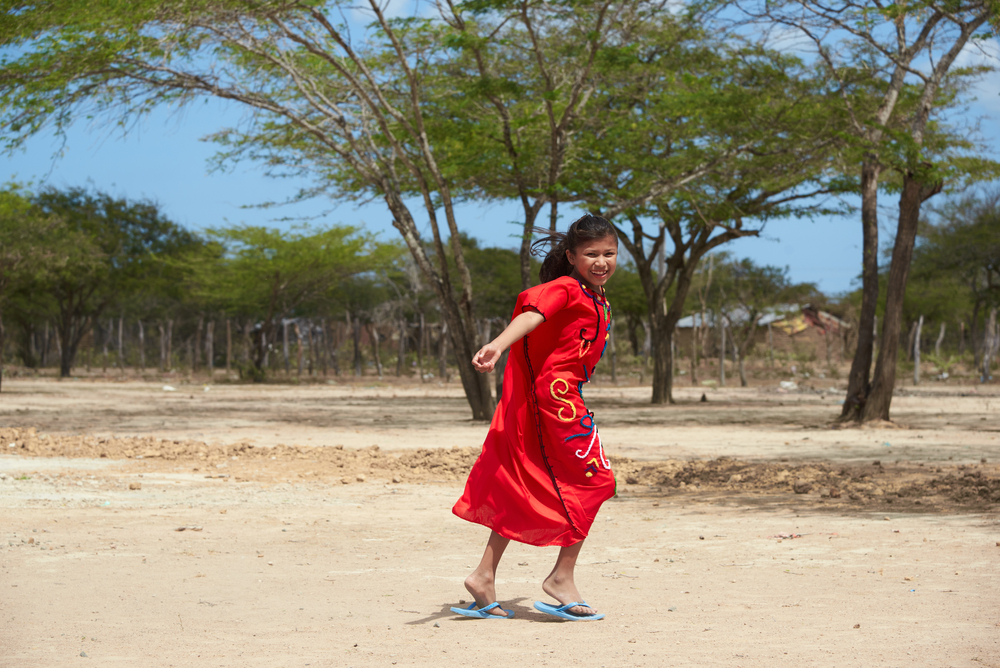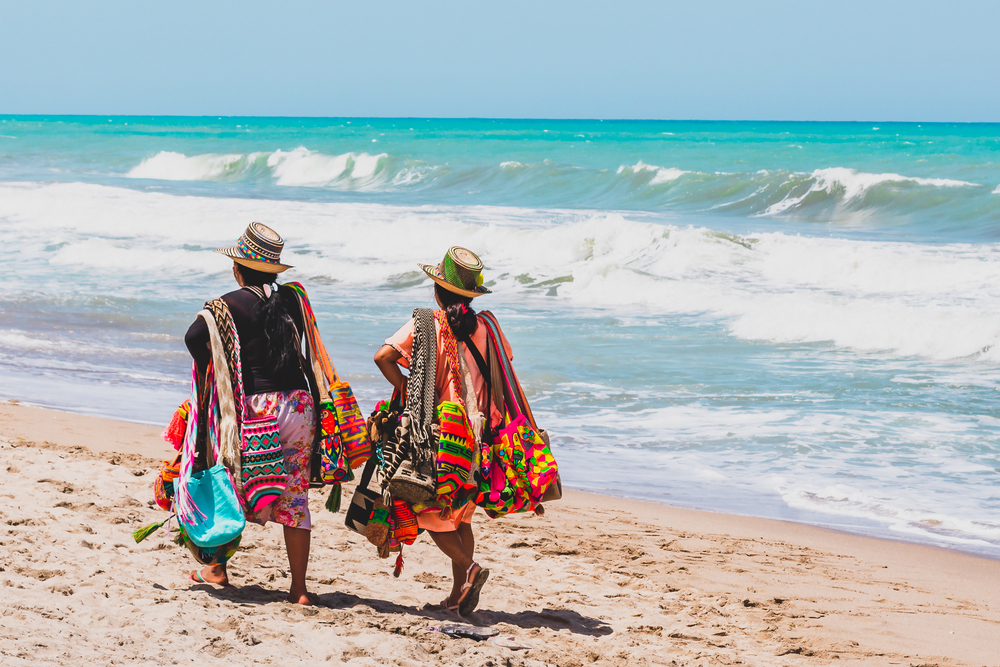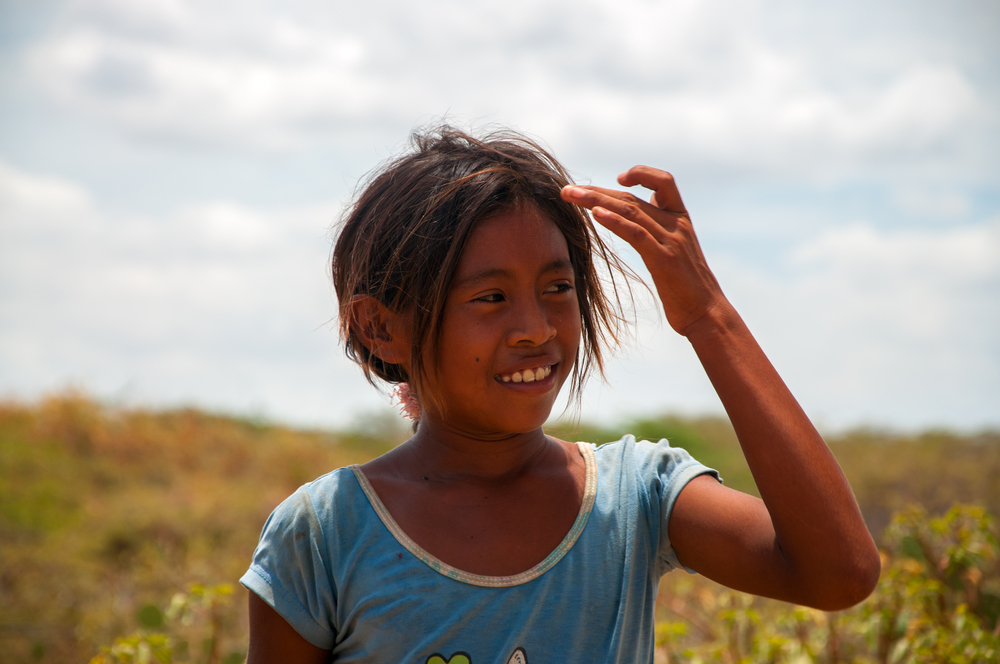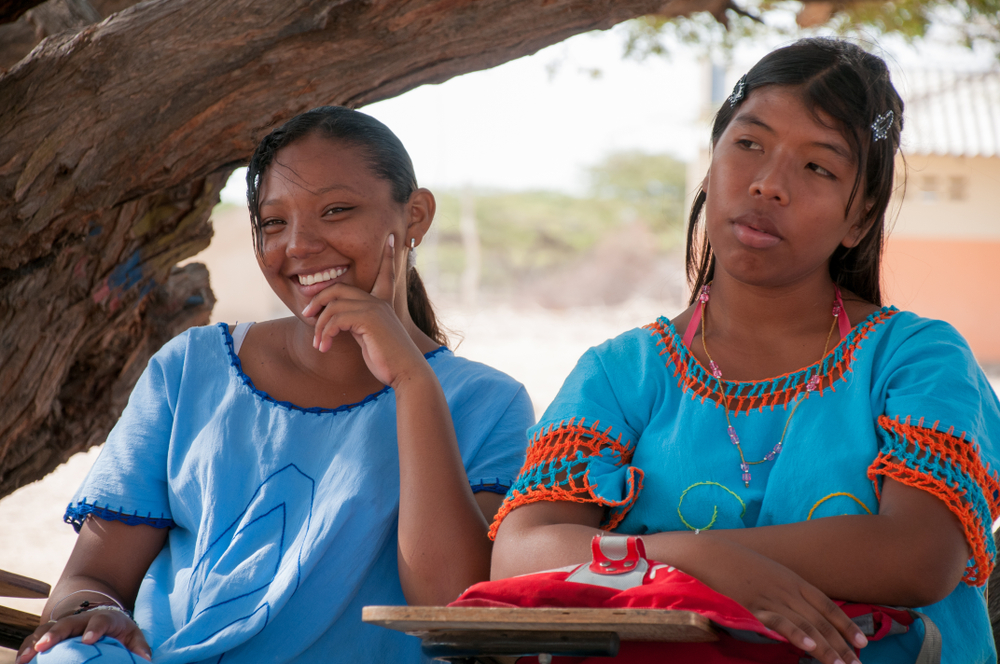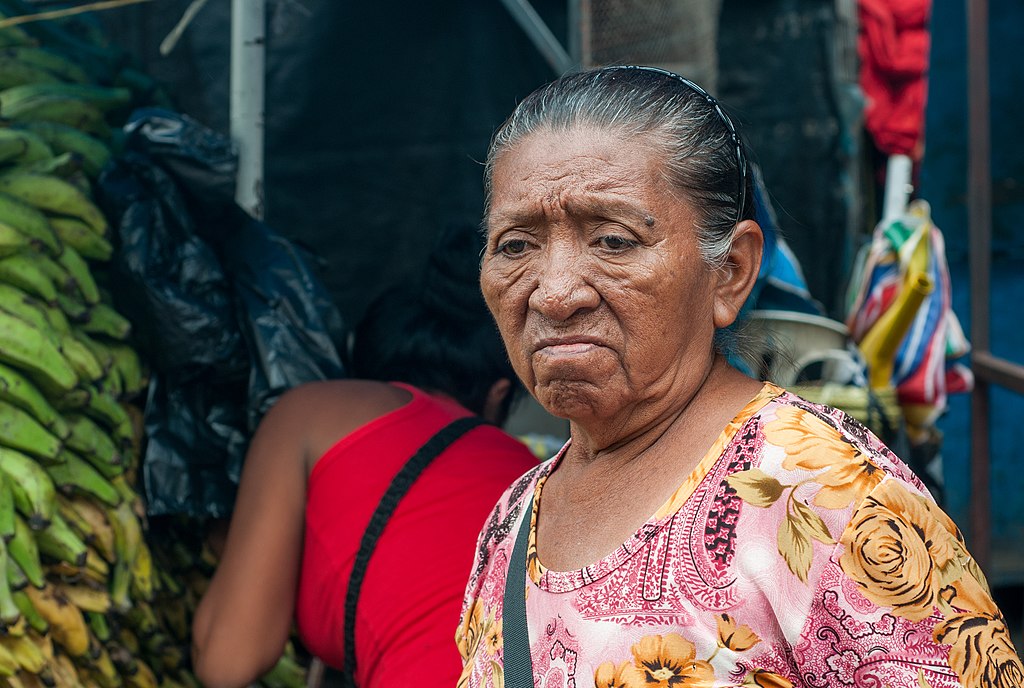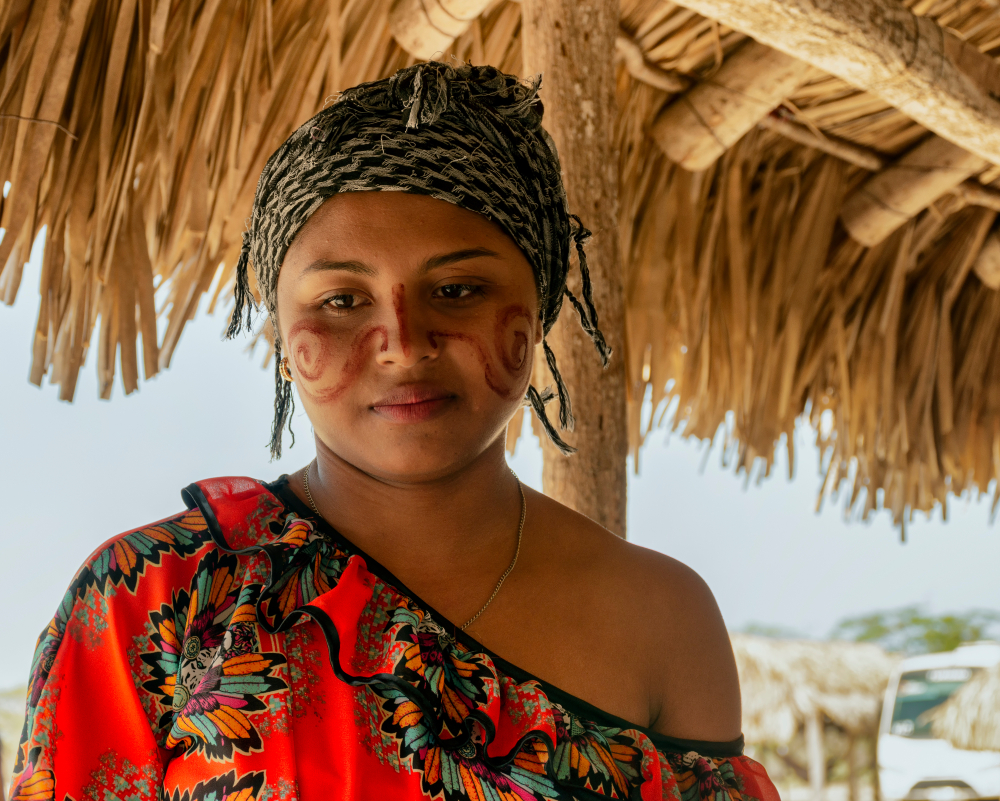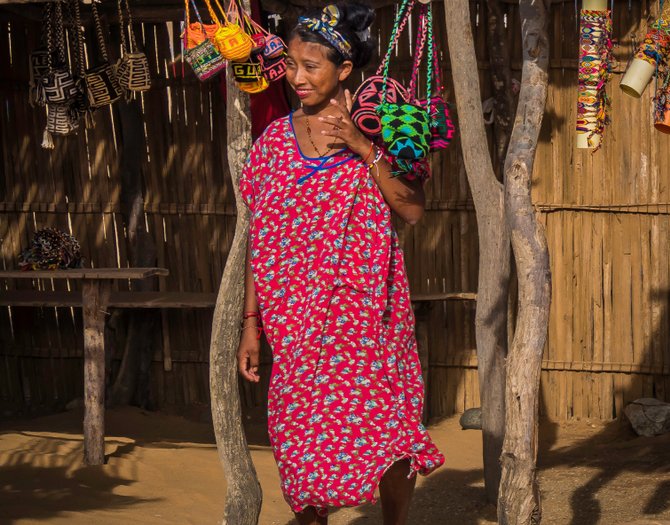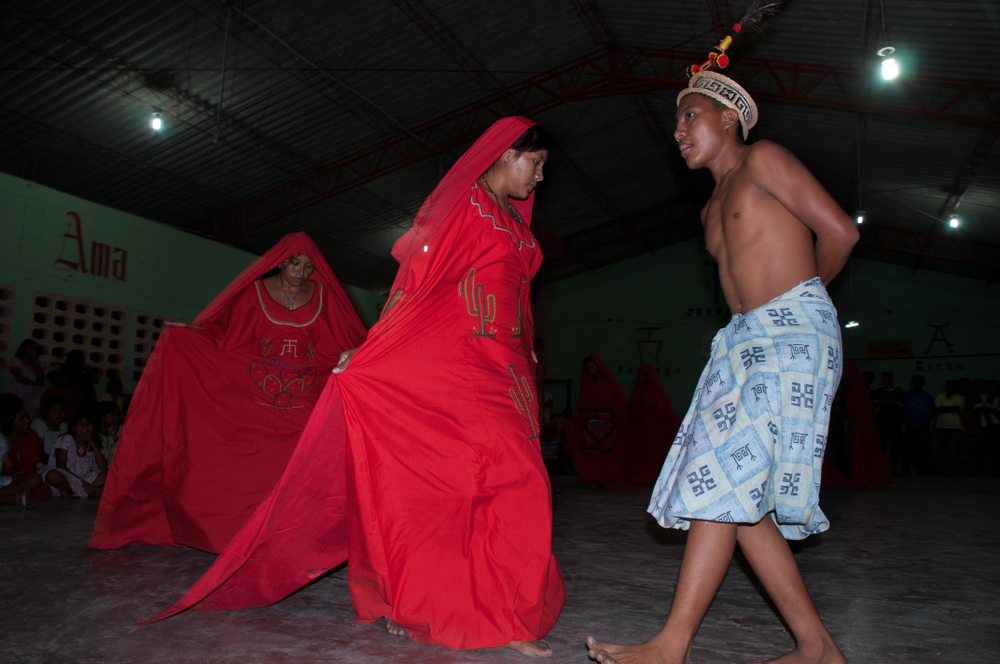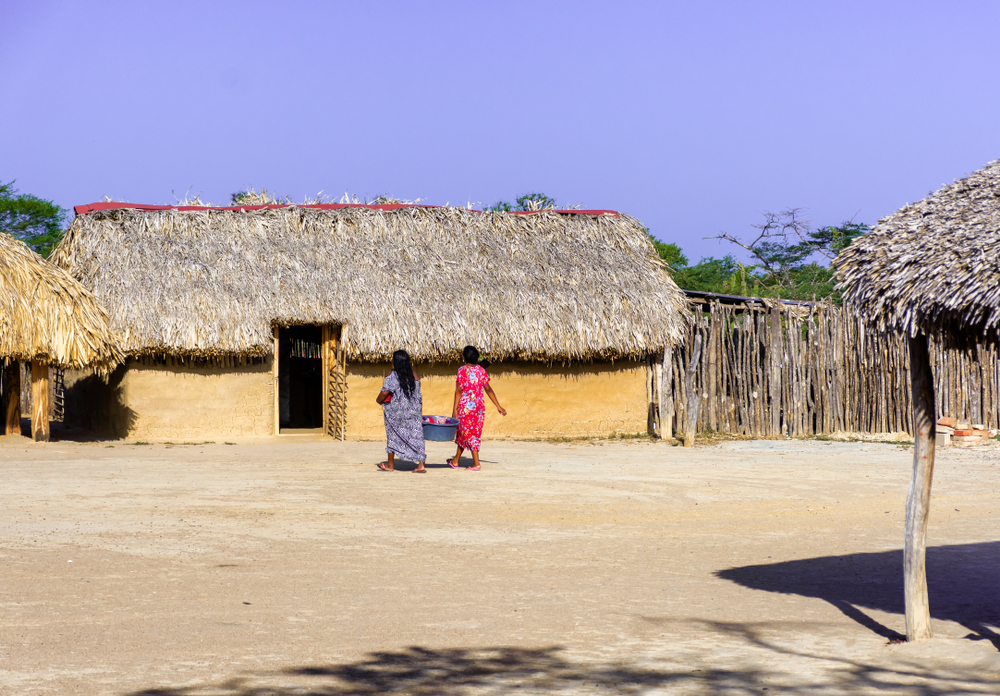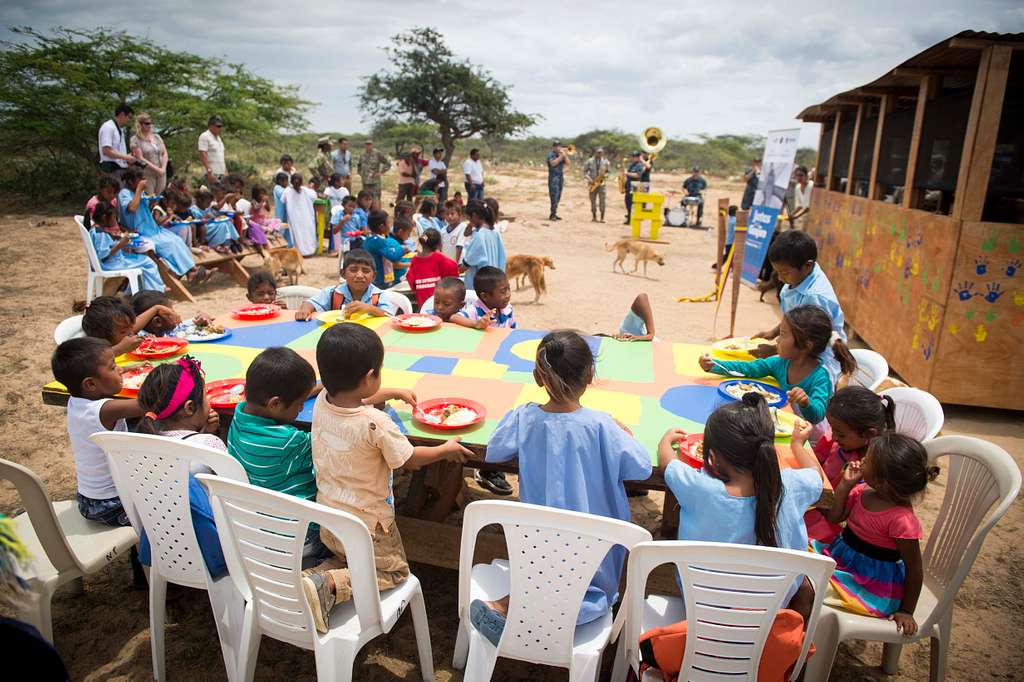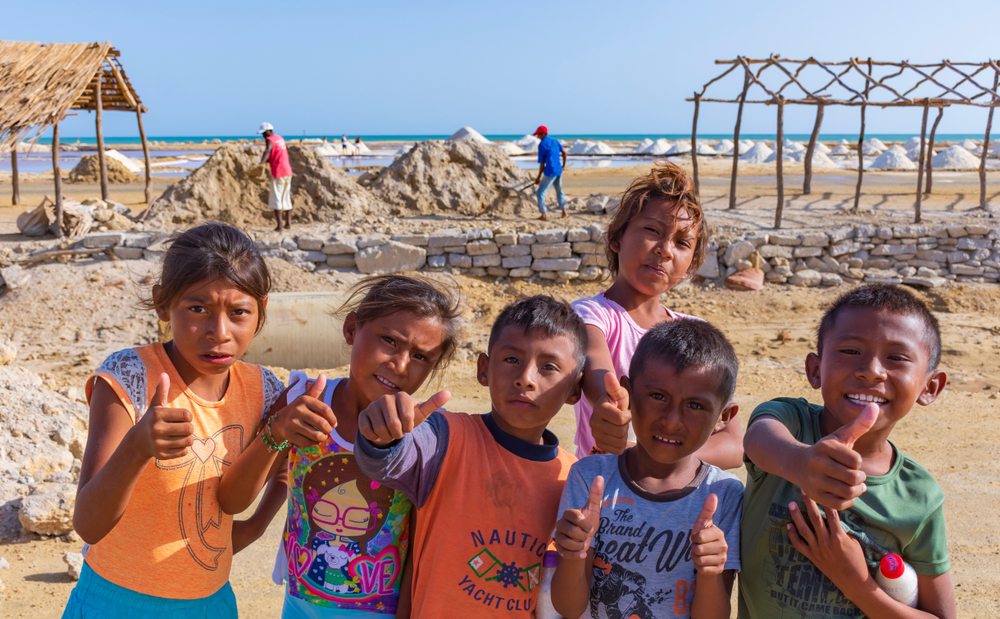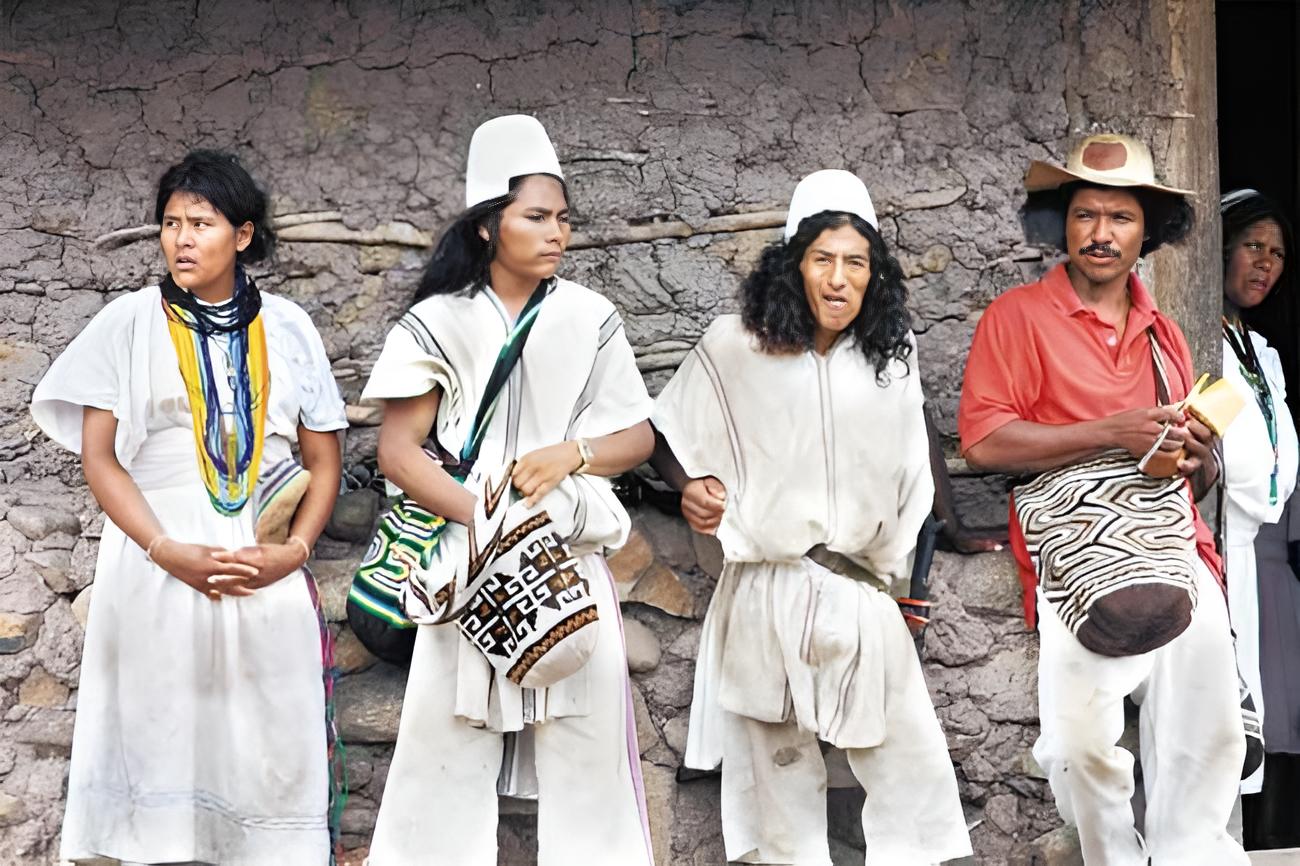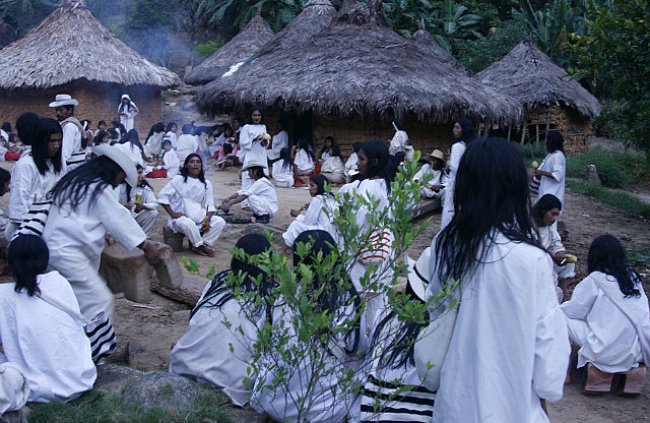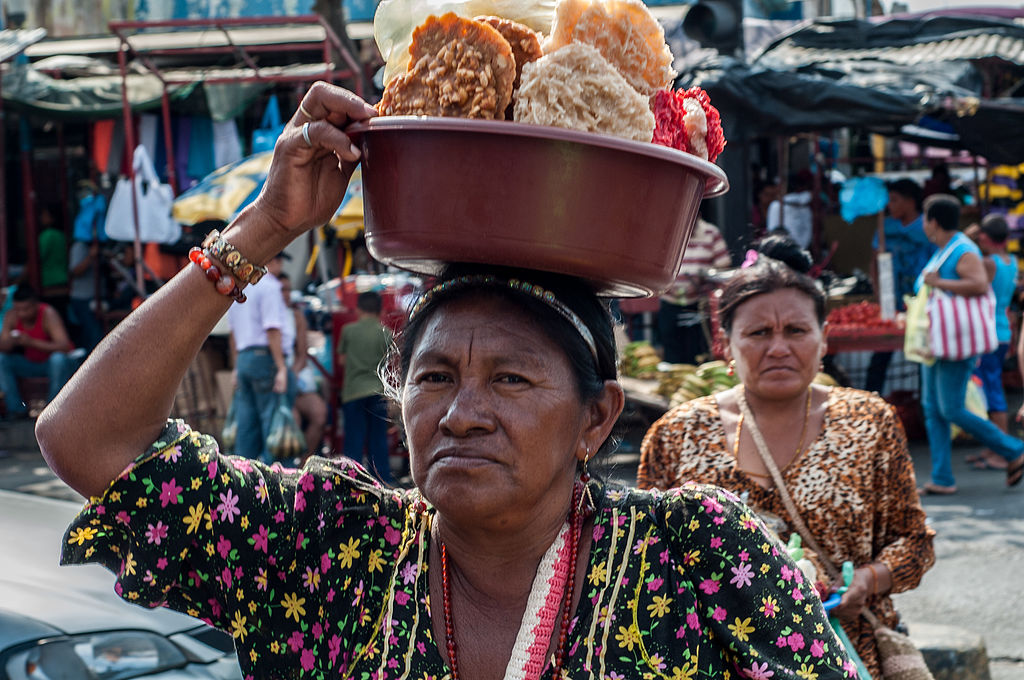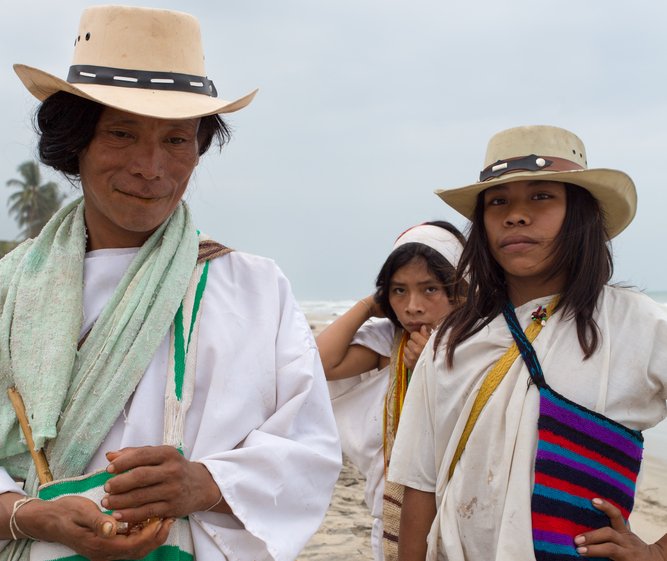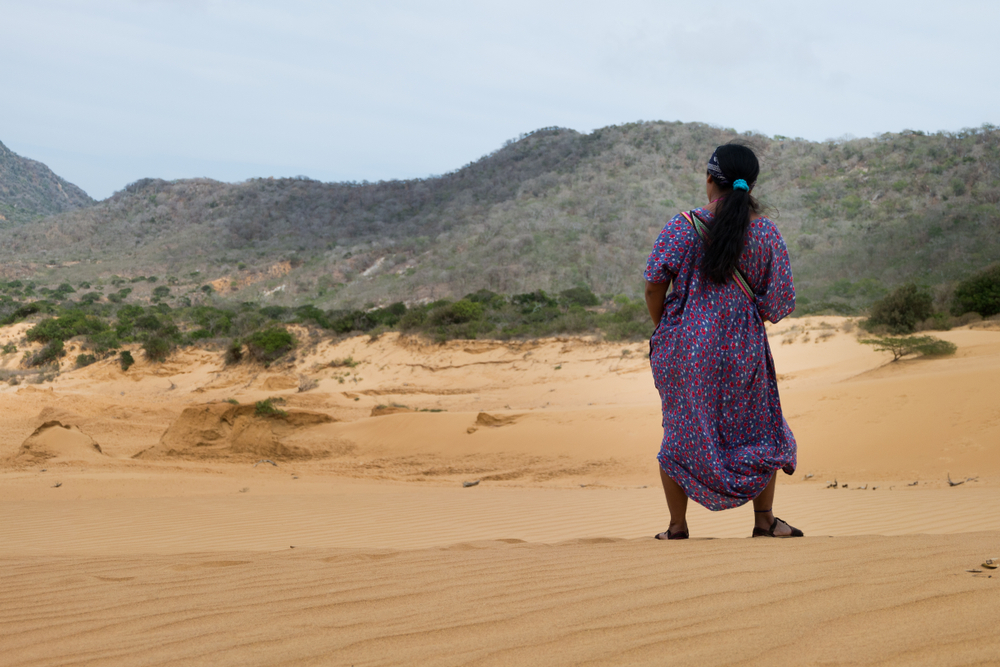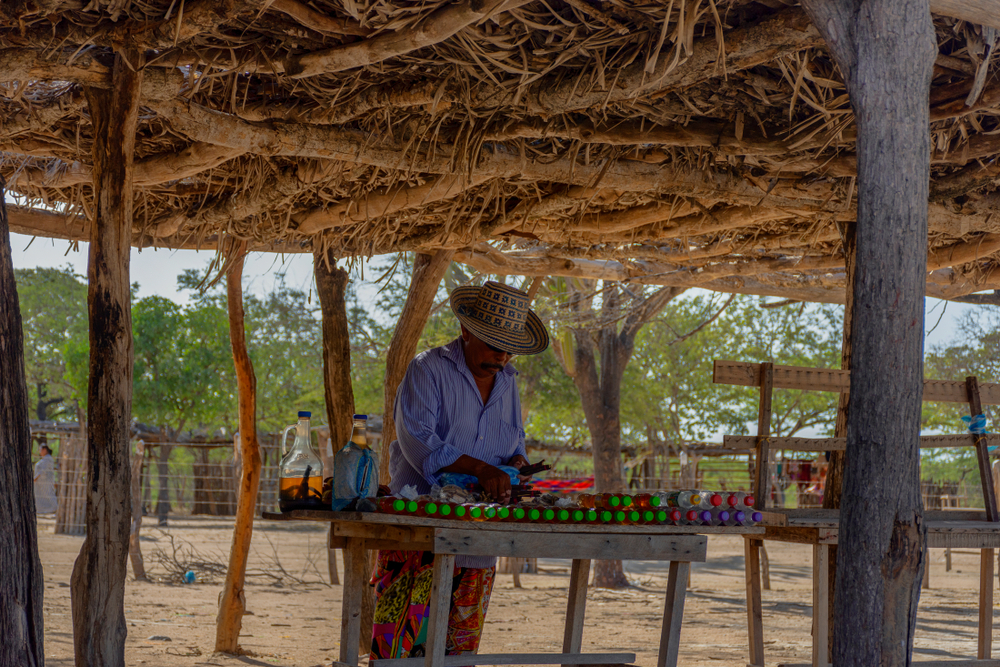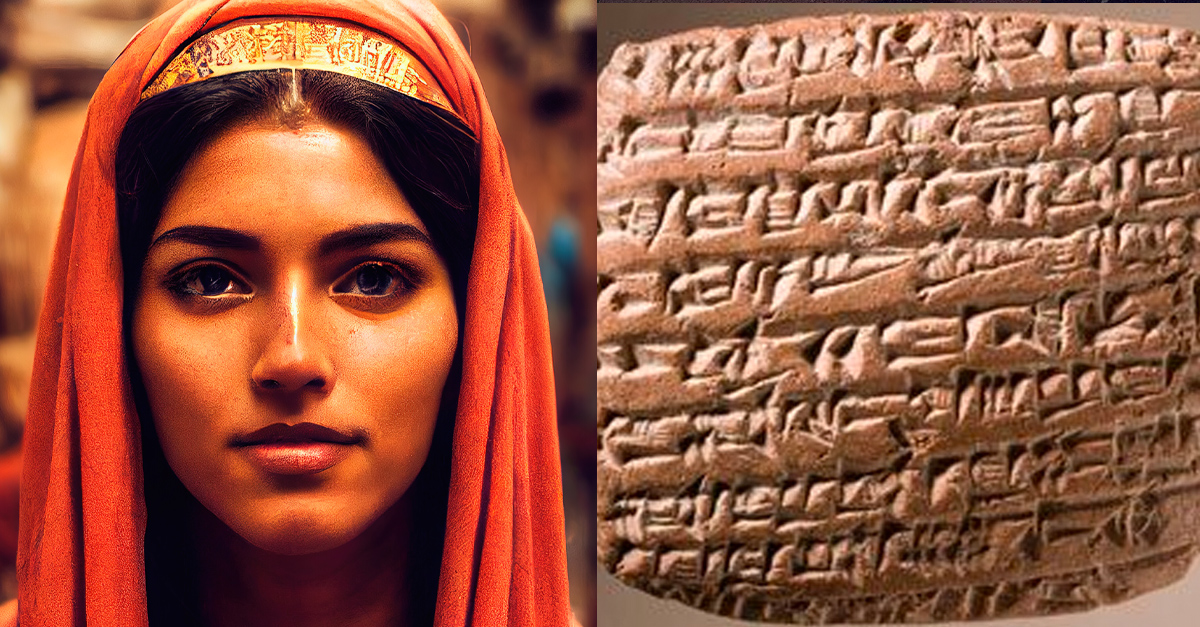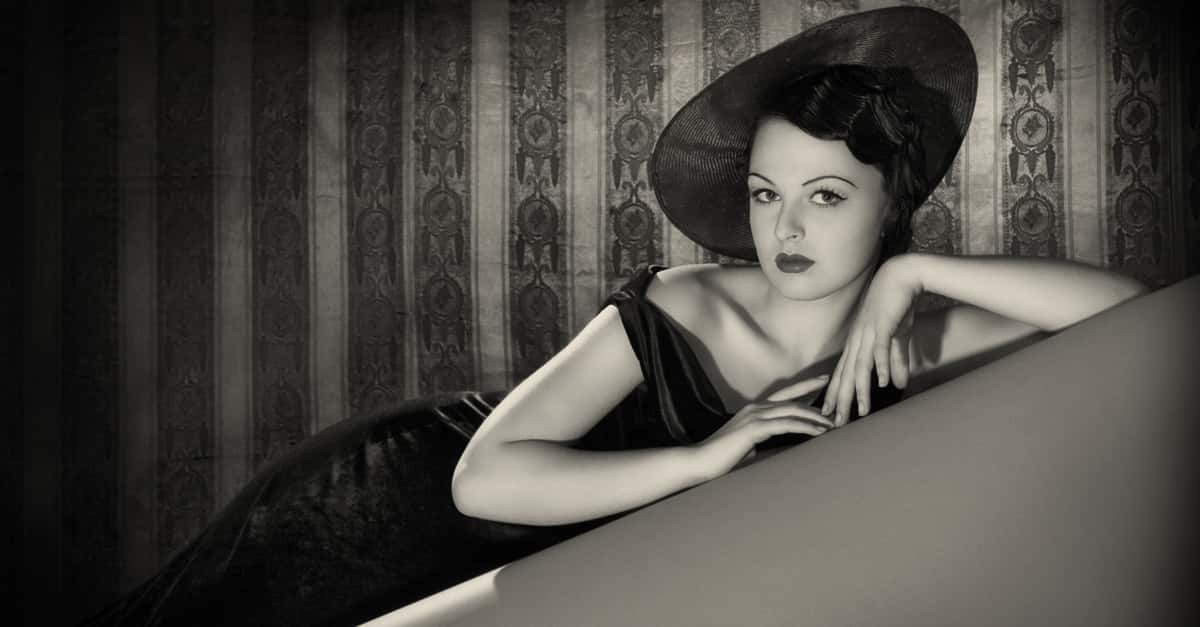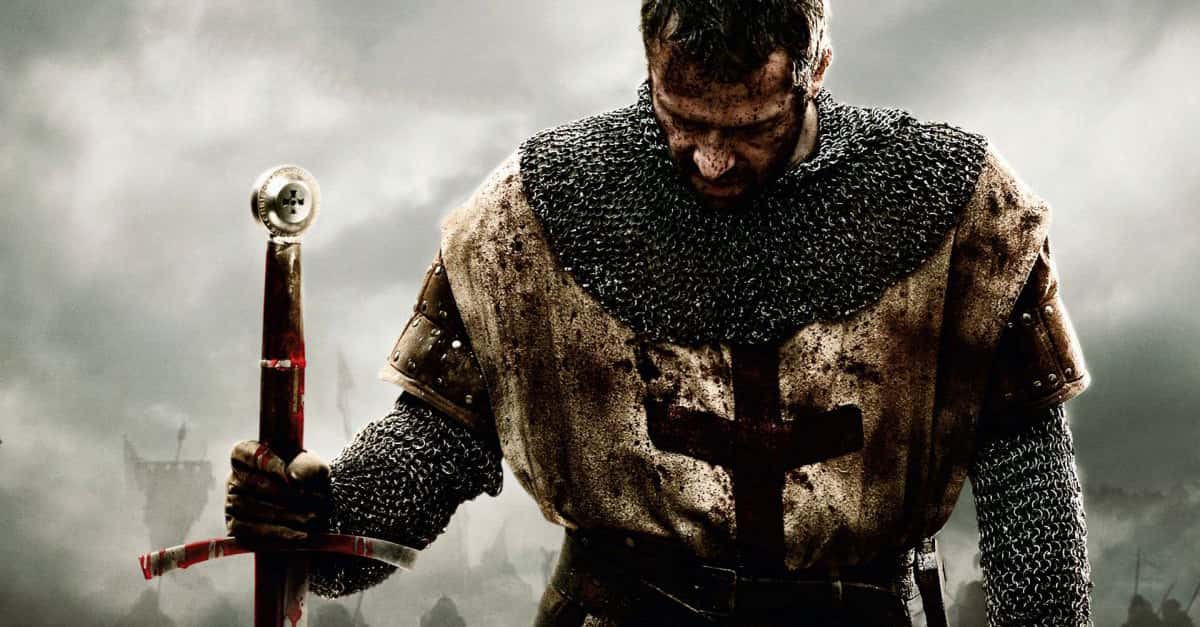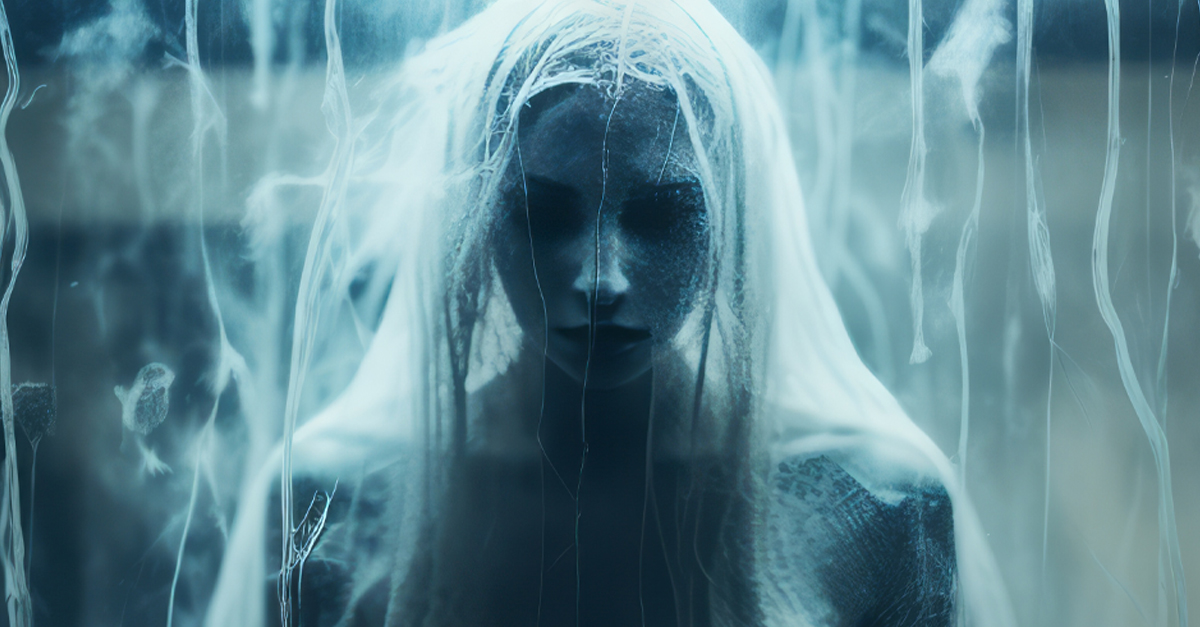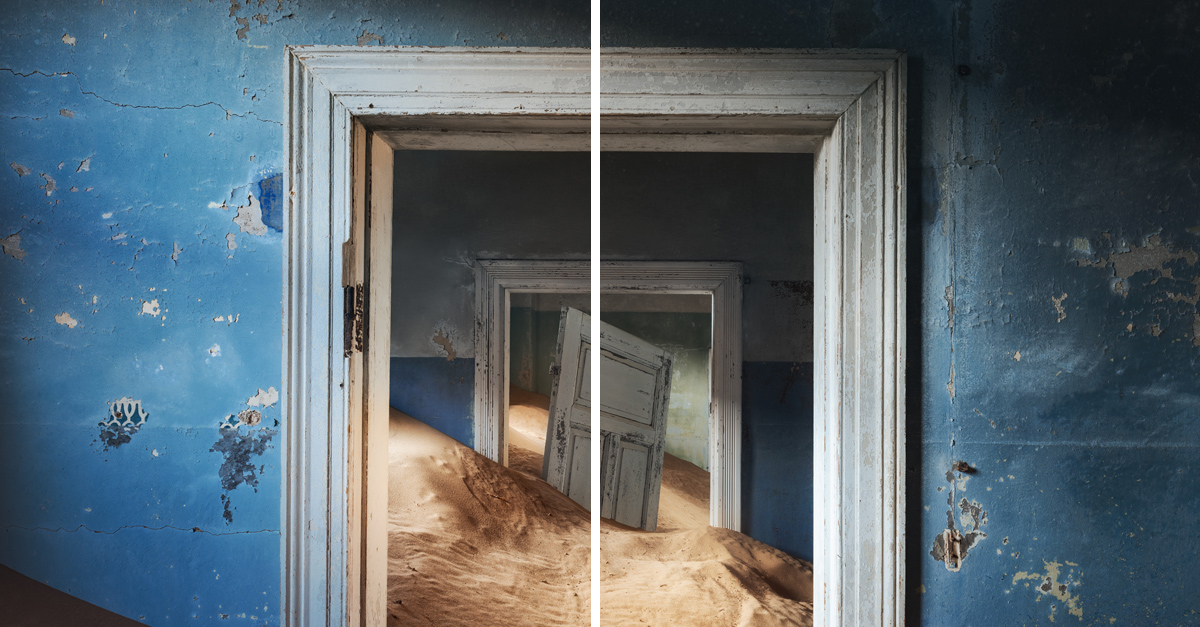Meet The Wayuu People
Nestled in the harsh landscape of the La Guajira Peninsula, along the northern coast of South America, resides a resilient indigenous community known as the Wayuu people.
Guided by their traditions and unwillingness to back down, the Wayuu have remained one of the most powerful Indigenous communities in Colombia and play a crucial role in the country’s economy.
Let’s take a look at how this community has survived through the ages.

How Many Are There?
Colombia is home to about 100 different indigenous groups and the largest of those groups are the Wayuu. There are approximately 380,460 Wayuu in Colombia, and they make up 20% of the country’s indigenous population.
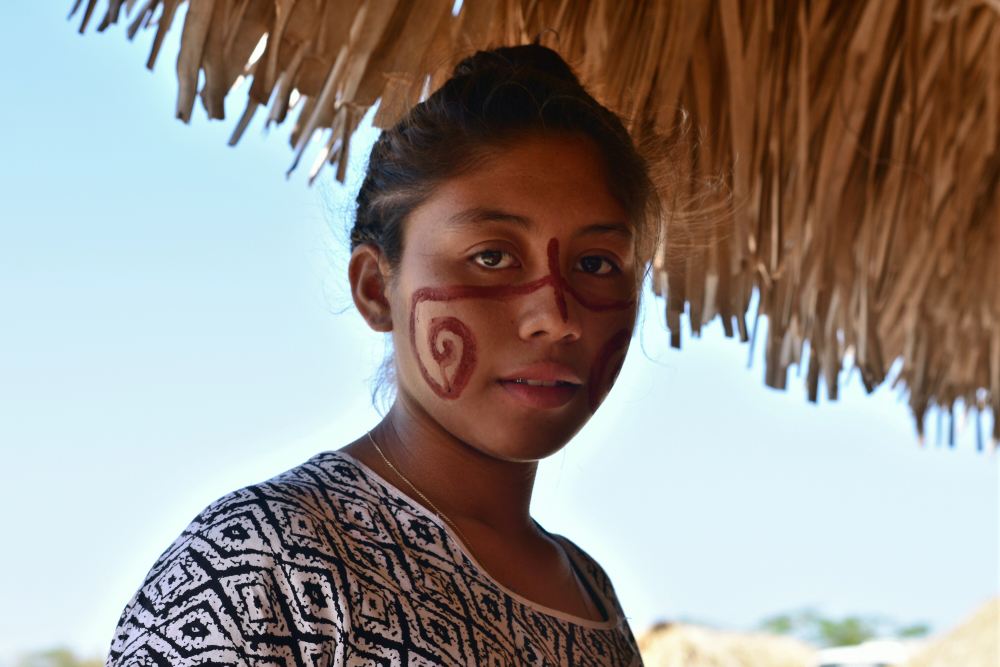 Luz Zuluaga Photography, Shutterstock
Luz Zuluaga Photography, Shutterstock
Where Do They Live?
The Wayuu live in the Guajira Peninsula, near the Caribbean Sea and Colombia’s border with Venezuela. The Wayuu’s traditional lands take up approximately 10,800 km² and are home to about 10 different reservations.
Where Else Do They Live?
The Wayuu are also found in the northwestern region of Venezuala. With an estimated 300,000 people, they are the largest Indigenous group in the country and represent nearly 60% of the Indigenous population.
Their Homeland
The Guajira Penninsula is a harsh living environment, with temperatures that can rise up to 38°C (100°F). Working outside for long periods of time is difficult and resources can be sparce.
Much of the life in this area is sustained by two rivers: the Rancheria River in Colombia and the El Limón River in Venezuela.
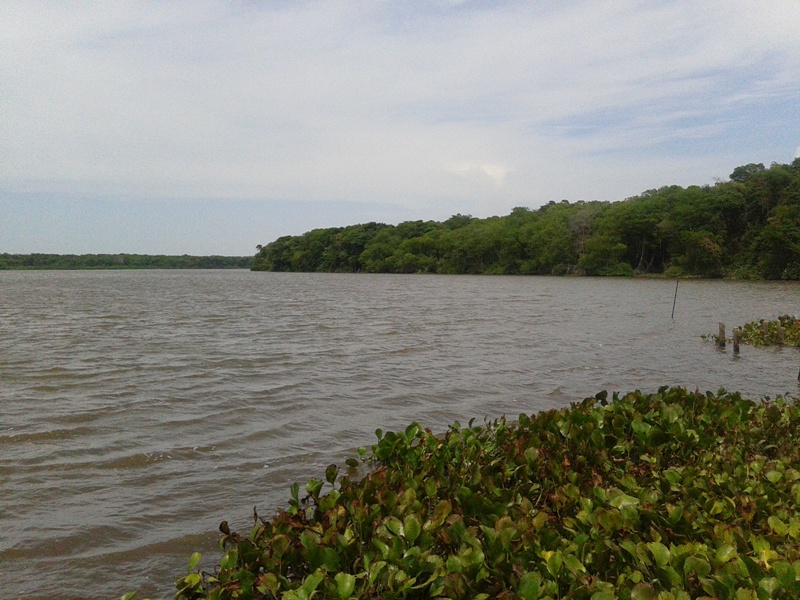 Eduardo Saavedra Altuve, CC BY-SA 3.0, Wikimedia Commons
Eduardo Saavedra Altuve, CC BY-SA 3.0, Wikimedia Commons
The Clans
In Wayuu society, families are divided into clans. There are at least 14 known clans with their own distinct territories in Colombia and Venezuela.
Their Language
The Wayuu language is called “wayuunaiki”. It is part of the Arawak language family, which is predominantly spoken in the Caribbean.
Younger generations of Wayuu also speak Spanish, and there are efforts to create a Wayuunaiki-Spanish dictionary.
Mochila Bags
Bags called mochilas are an important part of Wayuu culture. Mochilas are decorated with bold, colorful patterns that are inspired by the natural world.
There are many different styles of mochilas, and they have become popular not just among the Wayuu but non-Indigenous Colombians as well.
Music And Dance
Wayuu music and dances are important parts of everyday life. Traditional songs are often sung during meetings, and farmers have even been known to sing to their livestock.
The Wayuu typically use woodwind, flute instruments, like the sawawa and wootoroyoi.
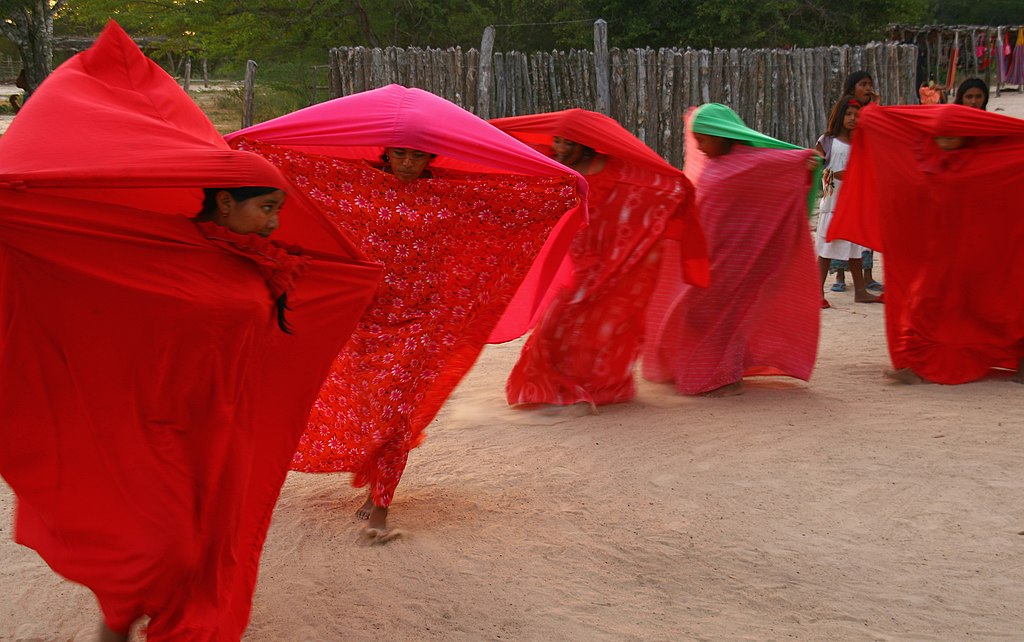 Tanenhaus, CC BY 2.0, Wikimedia Commons
Tanenhaus, CC BY 2.0, Wikimedia Commons
What Do They Believe In?
In Wayuu spirituality, Maleiwa is the divine creator of the universe. Two other divine beings, Pulowi and Juya, are also revered. They are a married couple associated with life and procreation.
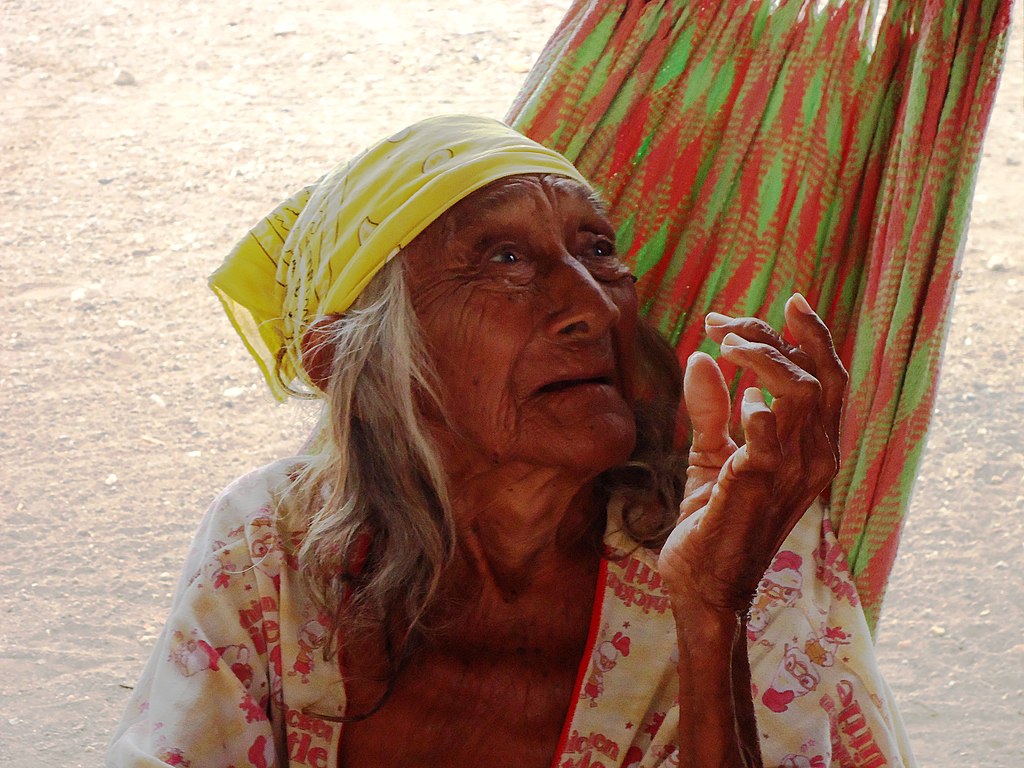 Leonfd1992, CC BY-SA 4.0, Wikimedia Commons
Leonfd1992, CC BY-SA 4.0, Wikimedia Commons
Pulowi and Juya
The Wayuu believe that Pulowi is connected to the wind and dry season, while Juya is connected to hunting and the nomadic lifestyle. The Wayuu also believe in another supernatural being, Wanülu. Wanülu is an evil spirit who is connected to illness and death.
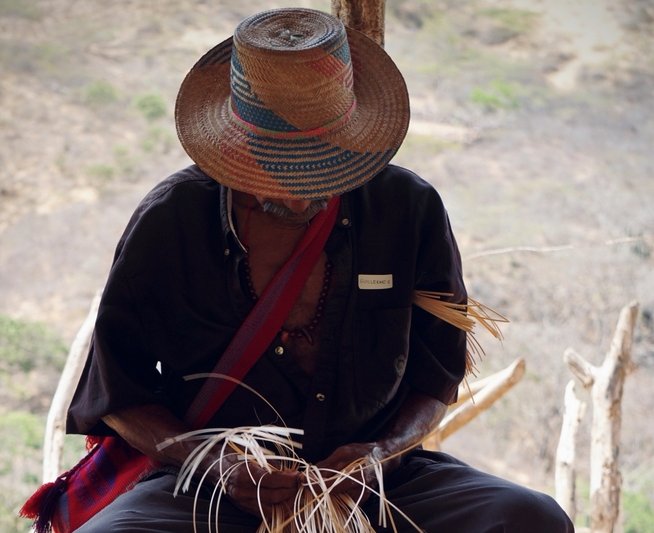 Natalia Quinones, Shutterstock
Natalia Quinones, Shutterstock
Life After Death
The Wayuu don’t believe that life ends with death. Rather, they think that the relationship between the soul and bones continues after one has passed on.
This had led to the creation of interesting burial rituals.
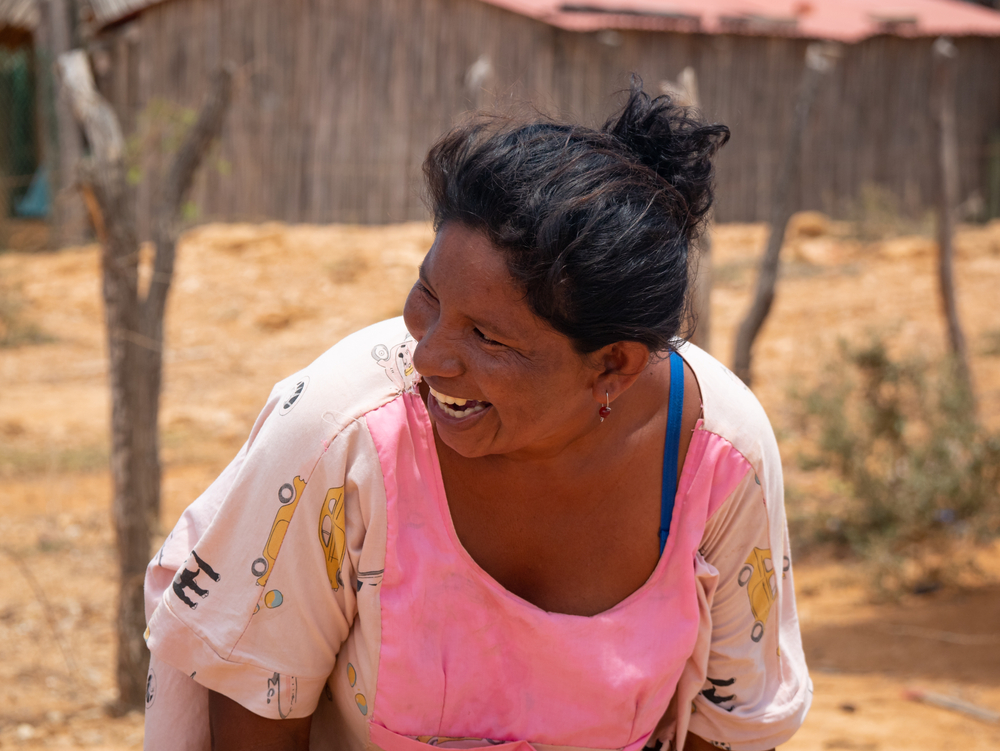 Alexandre Laprise, Shutterstock
Alexandre Laprise, Shutterstock
A Second Funeral
When someone passes away, their body is buried with their personal belongings and things they enjoyed in life.
After five years, the bones of the deceased are exhumed, and places in a ceramic urn or a type of hammock called a chinchorro. The remains are then buried in the family’s cemetery.
Why Do They Weave?
Traditional methods of weaving are highly respected among the Wayuu and are passed down to girls at a young age.
The Wayuu probably gained their weaving skills from their Arawak ancestors, but according to their legends, the skill was given to them by a spider named Walekeru.
The Story Of Walekeru
It is said that Walekeru used to create magical things out of thread from her mouth. She taught the Wayuu women how to weave and crochet so that they could make hammocks, shoes, belts, and mochila bags.
Now, the art of crocheting has become the main pillar of the Wayuu economy and the mochila bags are Colombia’s most exported handicraft.
Why Are The Bags So Colorful?
While mochila bags are known for their brightly colored patterns, this a modern conception.
The bags used to be made of cotton and dyed with plants that grew in the Guajira region. Because of this red, brown, and other natural colors were more common and easier to wash out.
The bags of today are made with acrylic fibers, to retain their color.
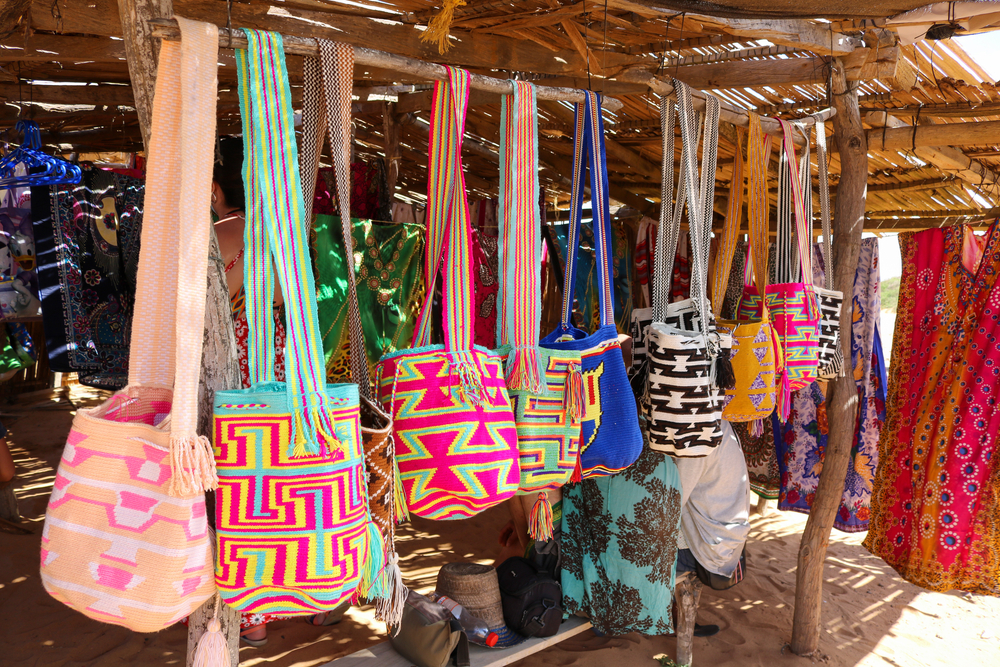 Hristina Satalova, Shutterstock
Hristina Satalova, Shutterstock
Everyone Weaves
Weaving is so engrained in Wayuu society that all Wayuu women are weavers or will have be involved in weaving at some point in their life.
Men also help when it comes to producing the mochila bags. In addition to gathering materials and transporting the finished products to buyers, they have been known to help weave the straps of the bags.
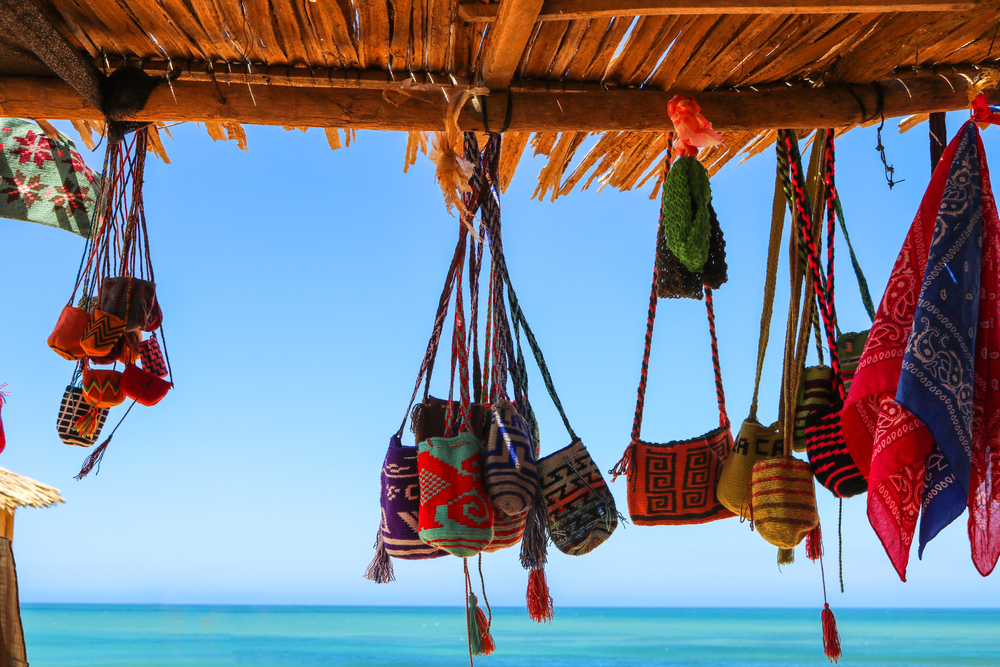 Hristina Satalova, Shutterstock
Hristina Satalova, Shutterstock
Childrearing In Wayuu Communities
Children are very important in Wayuu communities. Female relatives help take care of each other’s children, and the kids are always fed before everyone else.
It is also common for children to be put on strict diets that help ensure their survival in the harsh Guajira region.
Wayuu Women
Wayuu society isn’t matriarchal, but women are at the center of life in Wayuu communities.
A lot of importance is placed on puberty. When girls start menstruating, they go through a ritual in which they shave their heads and enter seclusion for up to two years.
Preparing For Married Life
While in seclusion, Wayuu girls maintain a strict vegetarian diet and bathe often. They are taught how to cook and take care of the household.
They are also taught the art of crocheting, so they can make the Wayuu’s distinct handbags that have become popular all over Colombia.
Marriage In Wayuu Communities
Typically, Wayuu marriages are arranged, and polygamy for men is common. Mothers receive a dowry for their daughters, which is then given to the mother's brothers and uncles. Goats and sheep were traditionally used as dowry.
Young girls can be promised for marriage as young as 11 years old, though they may not get married for a few years after.
A Great Social Taboo
In Wayuu society, pregnancy out of wedlock causes a lot of shame. Having a baby outside of an arrange marriage is also taboo, so Wayuu girls are promised from a young age to prevent these scorned pregnancies and protect their family’s honor.
Wayuu Marriage Rituals
Dancing is a crucial aspect of Wayuu marriage rituals. Before they are married, girls must perform a traditional dance that is part of their coming-of-age ritual.
Then, when arranging a marriage, prospective brides and grooms must perform a traditional dance in front of the whole village.
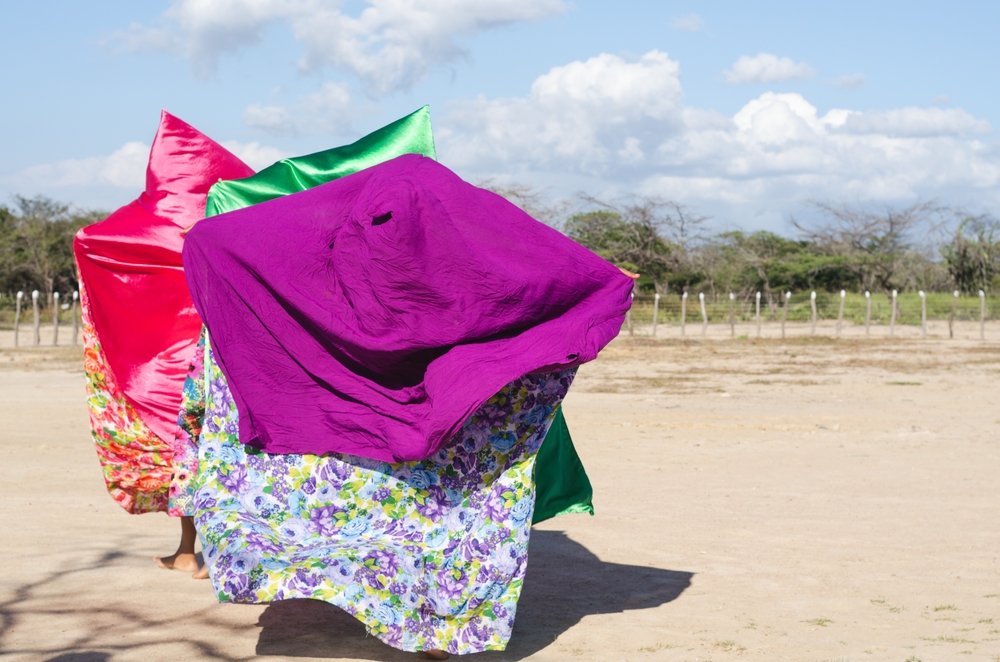 Maria Castellanos, Shutterstock
Maria Castellanos, Shutterstock
The Courtship Dance
During the courtship dance, the man and woman circle around each other, with swooping movements that mimic birds. The men of the village play drums and traditional instruments during the dance, which ends with the prospective groom falling to the ground.
At the end of the dance, the groom learns whether he has been chosen by the bride’s family.
Wayuu Settlements
Traditionally, Wayuu settlements are comprised of five or six homes and are called rancherías. The rancherías are named after plants, animals, or places.
Areas with many rancherías are often named after women’s last names, speaking to the matrilineal nature of the Wayuu.
What Do Their Homes Look Like?
Wayuu houses are small and built in a rectangular or semi-circular shape. They are called are called piichi or miichi.
Traditionally, the walls of the homes have been built using a wattle and daub mixture of hay, mud, and dried cane plant. Roofs are made from the wood of the dagger cactus, which is also used to make fences for livestock pastures.
Inside The House
Wayuu houses are usually divided into two rooms where people sleep in hammocks. One room might also be used to store their personal belongings and ceramic jugs for water.
A living room area is usually built near the main house. Called a luma or enramada, this building is used for everything from doing work to attending visitors.
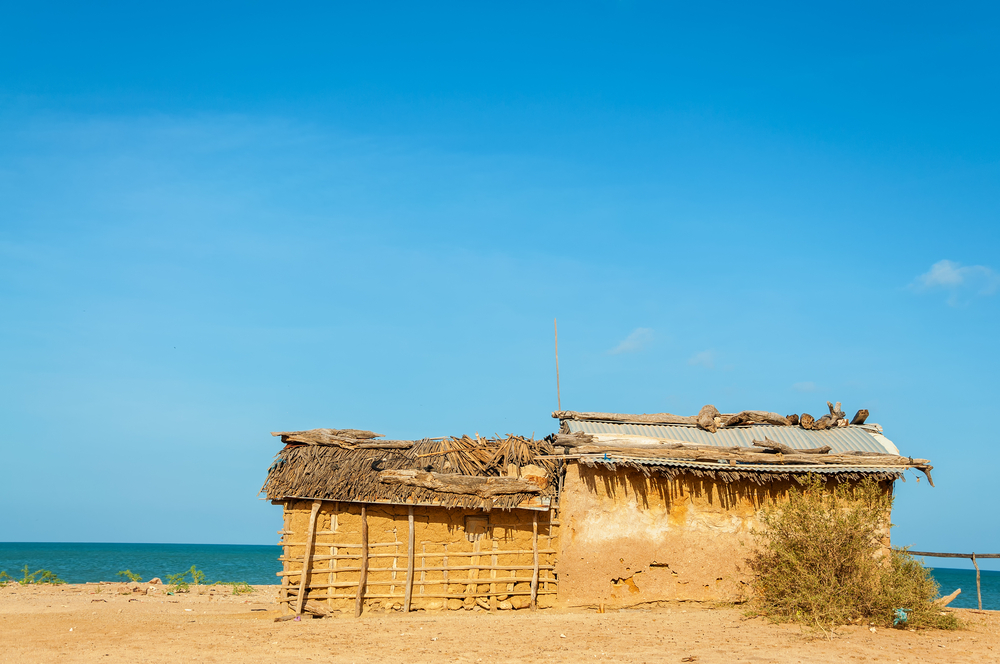 Structured Vision, Shutterstock
Structured Vision, Shutterstock
What Do They Eat?
Livestock like cattle and goats provide meat and dairy products for the Wayuu. The Wayuu also grow many fruits and vegetables, with corn, cashew, and iquaraya fruit being their main staples.
When it comes to hunting, fish are the main catch, but iguana and tortoise are also prized.
First Contact
First contact with the Wayuu occurred as early as the 16th century, when the Spanish began to colonize Colombia.
Capuchin monks were among the first to try and evangelize the Wayuu, but this ended with the Wayuu destroying their missions.
The Fight Begins
Contact—and conflict—between the two groups became more prominent in the early 18th century.
1701 marked the beginning of a turbulent era for the Wayuu. Rebellions were rampant that year, and the fighting with the Spanish would continue for many years.
Not Like The Others
Part of the Wayuu’s success in their fight against the Spanish was that they learned how to ride horses and use guns. This set them apart from other Indigenous groups.
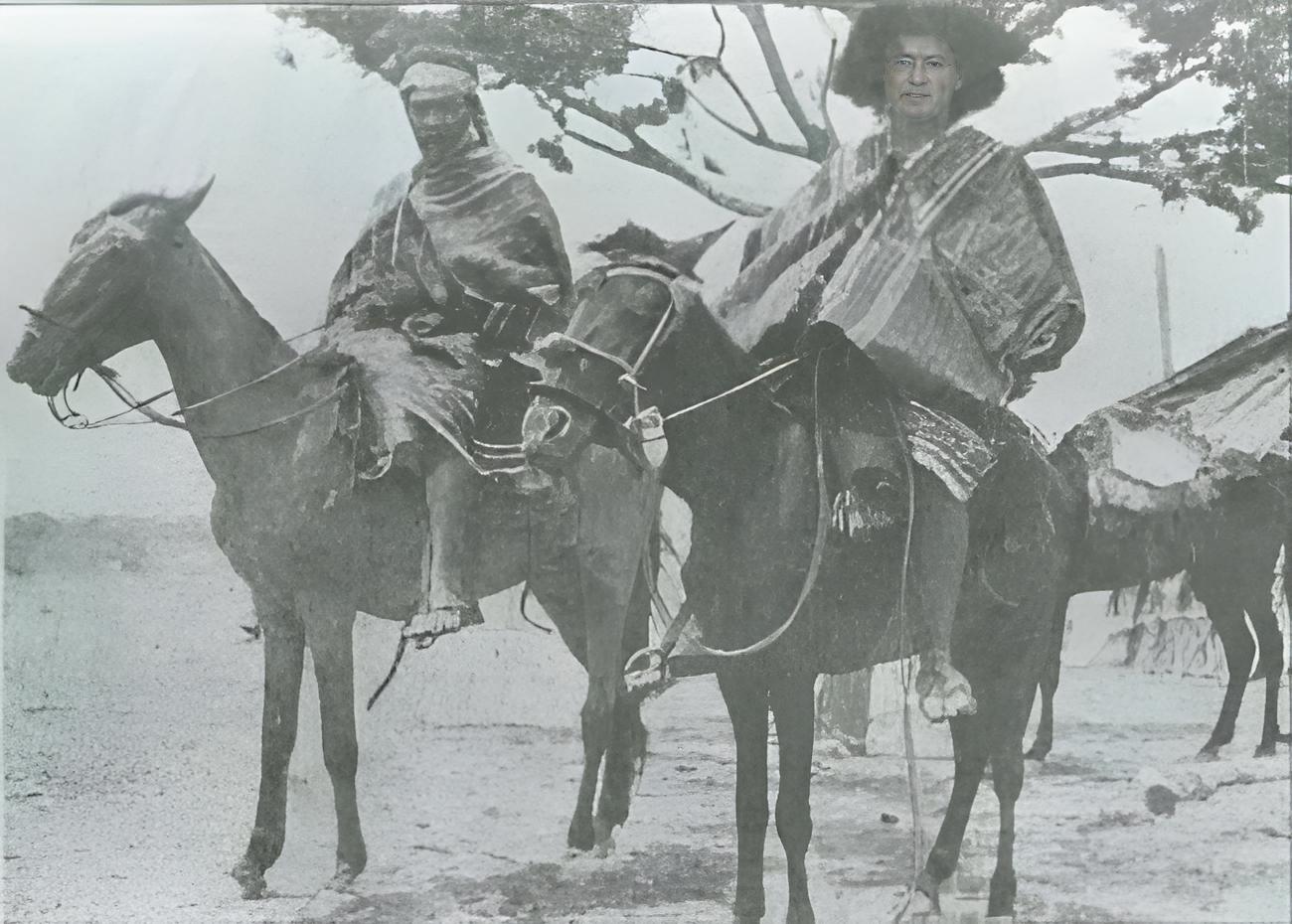 Gustaf Bolinder, Wikimedia Commons
Gustaf Bolinder, Wikimedia Commons
The Start Of The Rebellion
In 1769, Spaniards led by a man named José Antonio de Sierra captured a group of Wayuus and sent them to build fortifications in Cartagena. In response, the Wayuu’s clan set fire to a nearby village.
He Was Trapped
José Antonio de Sierra set out to quell the small rebellion, but this only led to his demise. The Wayuu recognized Sierra as he was a mestizo, part Spanish and part Wayuu.
They trapped him in a house and lit that on fire, too.
Their Army Grew
The Wayuu’s victory in the village made word to other tribes in the Guajira region, leading to a mass revolt. At the height of the rebellion, there were 20,000 Wayuu at arms.
Taking What They Need
To arm themselves, the Wayuu stole weapons from Dutch and English smugglers. They also took guns from Spanish outposts.
Then, the Wayuu went on a rampage, burning Spanish settlements.
Divided
According to records of the revolt, the Wayuu killed over 100 Spaniards and took many prisoners. But even with their impressive victories, there was infighting among the rebels. José Antonio de Sierra was a mestizo and had relatives among the Wayuu who wanted revenge for his demise.
The Rebellion Ends
The fracture among the Wayuu rebels reached a boiling point when the two factions fought a battle at La Soledad. This, and reinforcement from the Spanish, put an end to the rebellion.
Still, the Wayuu were victorious in the end, as they had regained much of their territory.
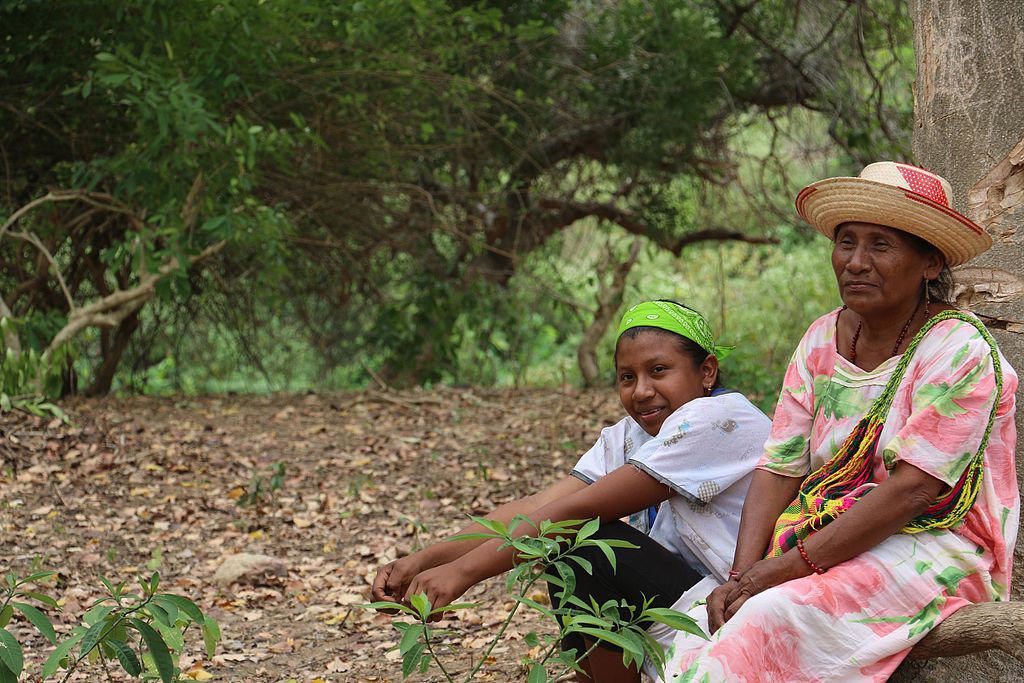 Macuiratours, CC BY-SA 4.0, Wikimedia Commons
Macuiratours, CC BY-SA 4.0, Wikimedia Commons
The Monks Return
In 1887, Capuchin monks returned to the Guajira region, with the goal of “civilizing” the Wayuu. One of the ways they did this was by building orphanages.
Wayuu children at the orphanages received a Christian European education, while monks frequently visited nearby Wayuu settlements to invite them to mass.
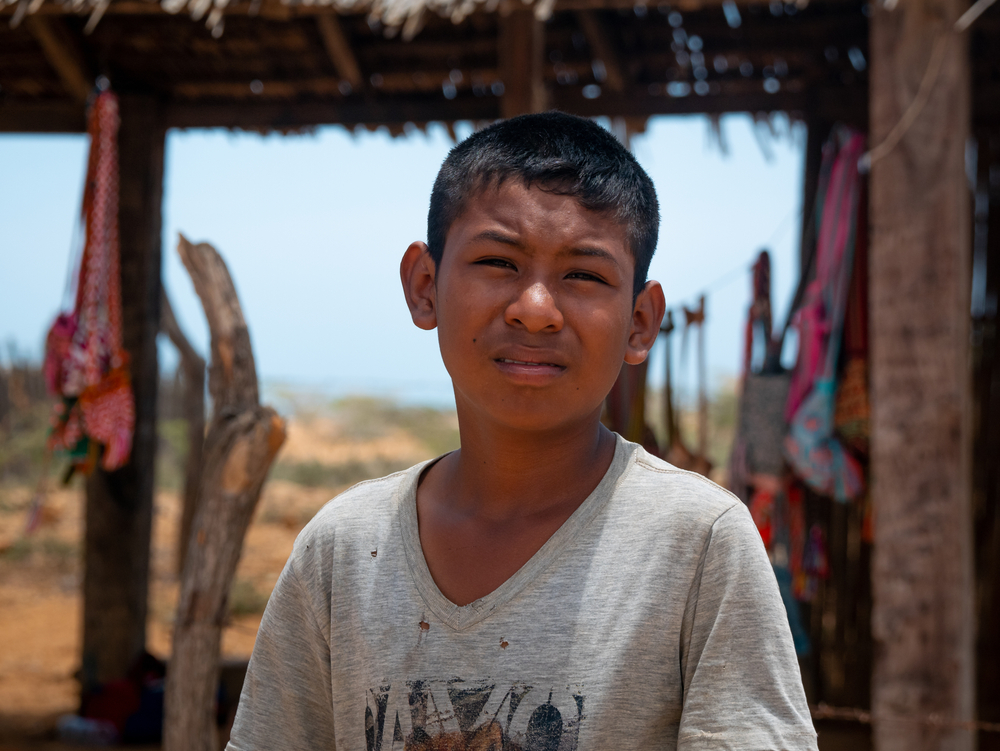 Alexandre Laprise, Shutterstock
Alexandre Laprise, Shutterstock
The Wayuu Cultural Festival
If you want to witness Wayuu culture, the best way to do it is at the Wayuu Cultural Festival. Held every year in Uribia, Colombia, this event is a dazzling celebration of Wayuu traditions.
Tourists from all over the world attend the show, and the Wayuu prepare traditional huts for visitors to stay in.
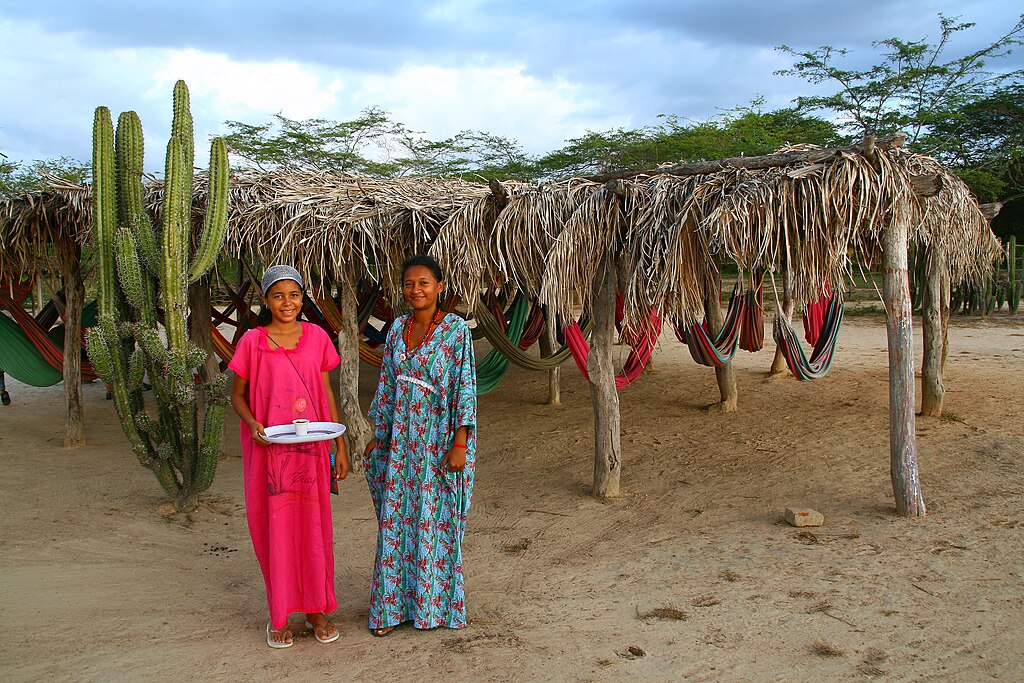 Tanenhaus, CC BY 2.0, Wikimedia Commons
Tanenhaus, CC BY 2.0, Wikimedia Commons
Final Thoughts
From Spanish invaders to the trials of the modern world, the Wayuu have stood the test of time.
The popularity of their traditional mochila bags is a testament to the way in which their cultural customs have helped them adapt to the changes of the world. It is also a reminder of the importance of cultural diversity and the need to safeguard the traditions that make our world so wonderfully diverse.
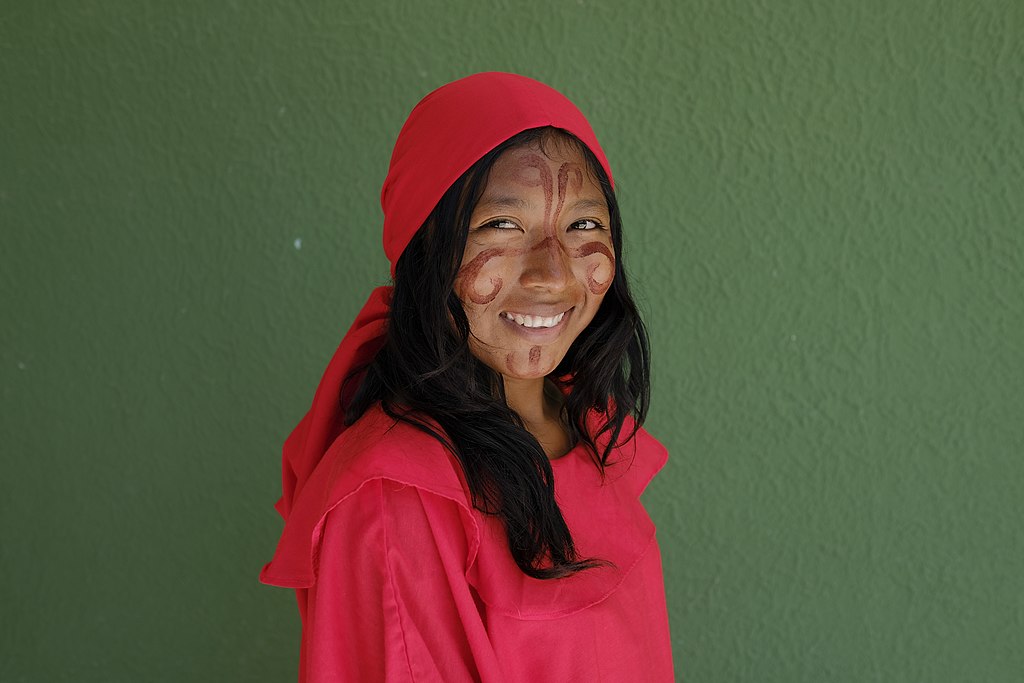 Departamento Nacional de Planeación, CC BY 2.0, Wikimedia Commons
Departamento Nacional de Planeación, CC BY 2.0, Wikimedia Commons


